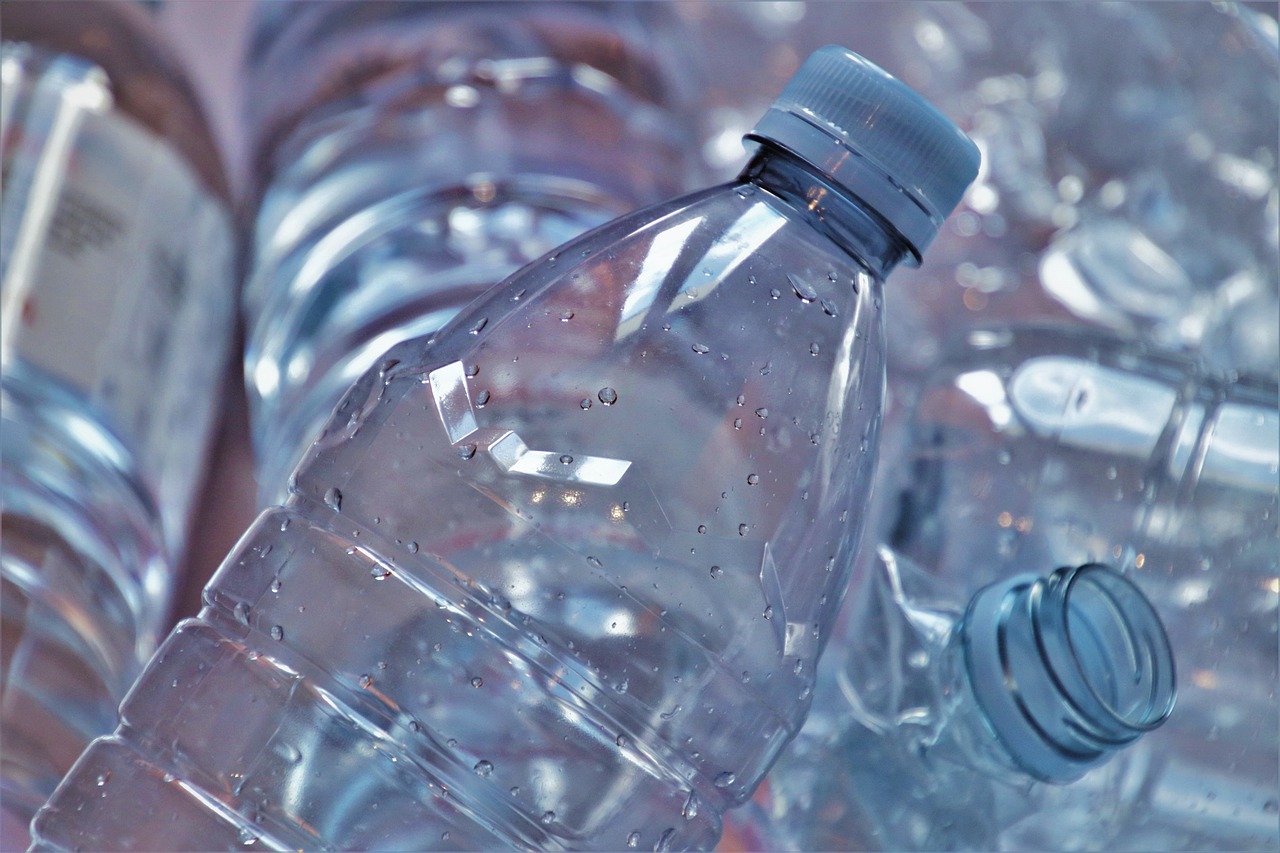Reaction: Artificial protein designed to degrade microplastics
Based on a defense protein of the strawberry anemone, researchers from the Barcelona Supercomputing Center, CSIC and the Complutense University of Madrid have designed, through artificial intelligence and the use of supercomputers, an artificial protein capable of degrading PET micro and nanoplastics, such as those used in bottles. According to the authors, its efficiency is between 5 and 10 times higher than that of the proteins currently used and it works at room temperature. The results are published in the journal Nature Catalysis.

Rosal - Plásticos
Roberto Rosal
Professor of Chemical Engineering in the Department of Analytical Chemistry, Physical Chemistry and Chemical Engineering at the University of Alcalá
Researchers from several Spanish groups have published in the journal Nature Catalysis an interesting study describing the preparation of a hydrolytic enzyme from mutants of the sea anemone phragacetoxin C redesigned by computational methods. The enzyme, constructed on a pore-forming protein, was assembled in the form of catalytic nanopores on a membrane model. These nanoreactors, whose design is of remarkable elegance, proved capable of breaking down small fragments of poly(ethylene terephthalate) [PET], one of the main industrial polymers whose use in packaging, textiles and a wide variety of commonly used objects is well known.
The development of hydrolases capable of depolymerizing polyesters is a field of great interest, since it would give rise to a procedure for removing nanoplastics as an alternative to the membrane filtration processes used in wastewater treatment. It is interesting to note that not only poly(ethylene terephthalate), but also many bioplastics are formed by polyesters that, to a greater or lesser extent, will end up disseminated in the environment. Enzymes capable of degrading nanoplastics must have accessible active centers, affinity towards hydrophobic macromolecules and be able to maintain activity once supported, properties that natural enzymes do not satisfy.
The result obtained in this research is very relevant, since it demonstrates the possibility of using genetic modifications to convert membrane pores into enzymes capable of tackling a reaction of industrial interest. The results of the proof-of-concept described in the paper are very promising, and consisted of the degradation of poly(ethylene terephthalate) nanoparticles of about 100 nanometers in diameter to give rise to a variety of depolymerized oligomers and monomers that should prove to be metabolizable by microorganisms.
Robles-Martín et al.
- Research article
- Peer reviewed


